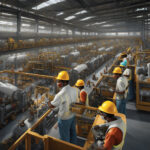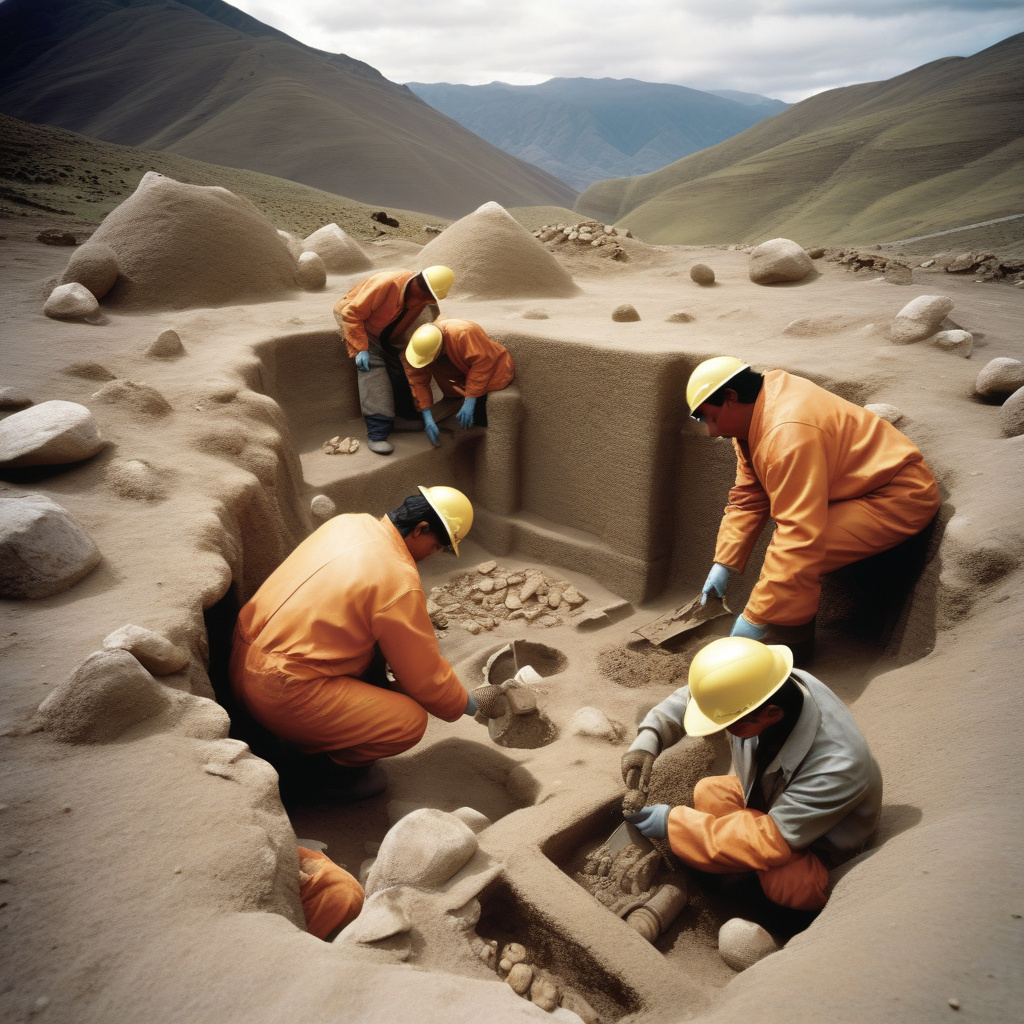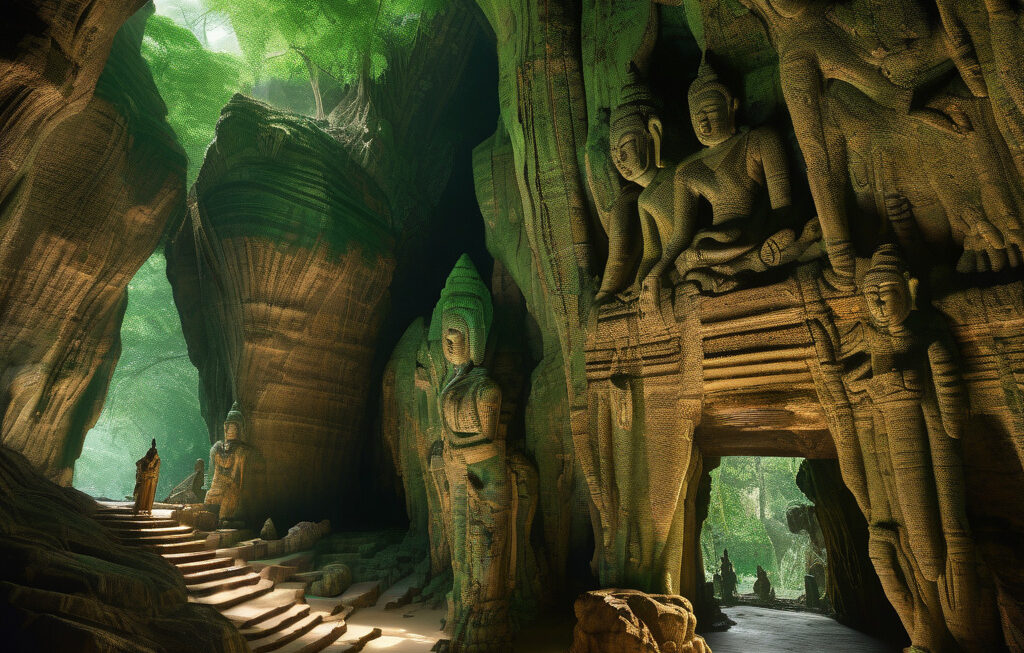Unearthing History: Gas Workers Discover 1,000-Year-Old Mummy in Lima, Peru
Lima, Peru, is a city where ancient history constantly surfaces from beneath its bustling streets. In a recent and unexpected discovery, gas workers stumbled upon a remarkable find – a 1,000-year-old mummy of a boy sitting in a unique pose. This unexpected unearthing sheds light on the rich and mysterious past of the region, offering a glimpse into a civilization long gone but not forgotten.
The mummy, believed to be from the Chiribaya culture that thrived in the southern Peruvian coast from A.D. 1000 to 1350, was found in a sitting position with his legs crossed. This distinctive pose is not commonly seen in mummies of this era, making this find particularly intriguing to archaeologists and historians alike. The boy, estimated to be around 8 years old at the time of his death, was adorned with a variety of grave goods, including ceramic vessels and textiles, showcasing the cultural practices and beliefs of his time.
Such discoveries are not uncommon in Peru, a country known for its rich archaeological heritage. From the iconic site of Machu Picchu to the mysterious Nazca Lines, Peru has long been a treasure trove of ancient artifacts and enigmatic ruins. Each discovery adds a new piece to the puzzle of the region’s past, allowing us to better understand the customs, rituals, and daily life of its ancient inhabitants.
The find also highlights the importance of preserving and protecting archaeological sites, even in unexpected places like beneath city streets. The fact that this mummy was unearthed by gas workers during routine maintenance serves as a reminder that history is all around us, waiting to be discovered and explored. It underscores the need for collaboration between modern development and historical conservation to ensure that the legacy of past civilizations is safeguarded for future generations.
The discovery of the 1,000-year-old mummy of the boy in Lima is a testament to the enduring fascination with ancient cultures and the mysteries they hold. It serves as a reminder of the fragility of history and the ongoing efforts to uncover and preserve the remnants of the past. As archaeologists continue to study and analyze this remarkable find, we can only imagine what other secrets lay buried beneath the streets of Lima, waiting to be revealed.
In a world where the present often takes precedence, it is essential to pause and reflect on the past, to marvel at the achievements of those who came before us, and to learn from their triumphs and tribulations. The mummy of the boy found in Lima offers us a rare glimpse into a bygone era, inviting us to delve deeper into the mysteries of ancient civilizations and appreciate the legacy they have left behind.
As we celebrate this extraordinary discovery, let us also renew our commitment to preserving our shared heritage and ensuring that the stories of the past continue to be told for generations to come.
ancienthistory, archaeology, Peruvianheritage, preservation, culturaldiscovery












